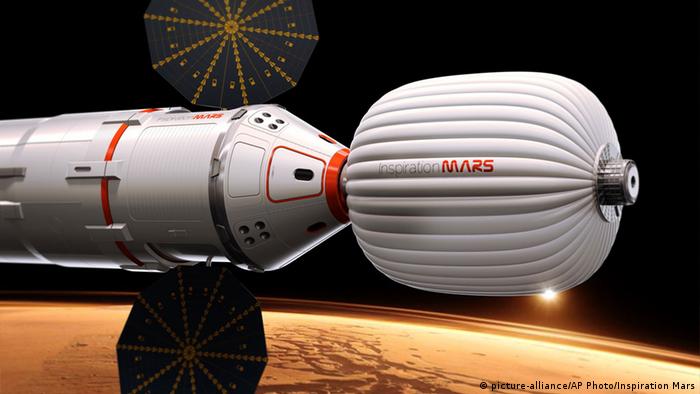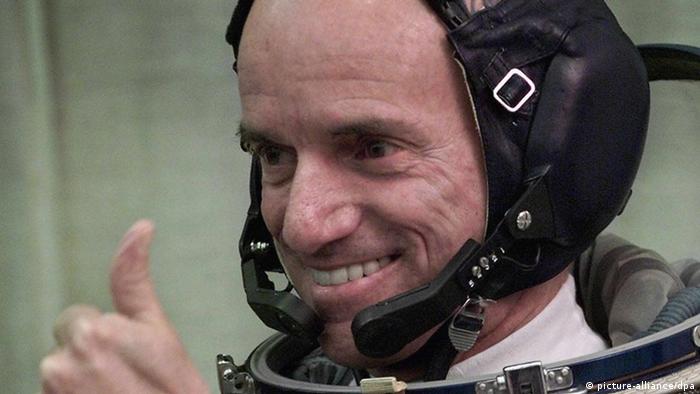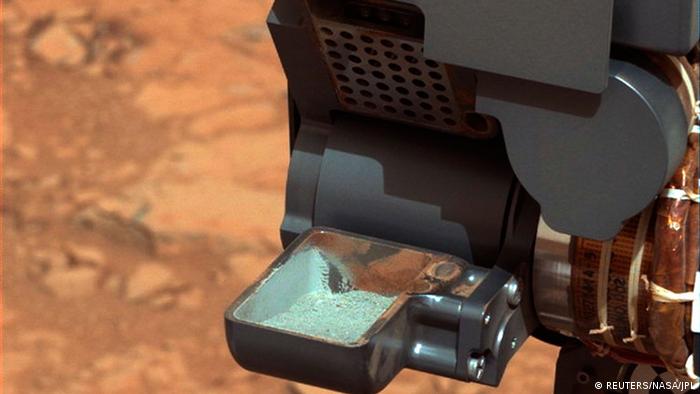Dennis Tito, the world's first space tourist, announced plans to organize a manned, return-trip mission to Mars in 2018. And he's looking for a couple to volunteer for the mission - which has many potential challenges.
United Statesmultimillionaire Dennis Tito - the world's first space tourist - has announced plans to organize a manned space mission that will swing by Mars in 2018. Through the Inspiration Mars Foundation, a non-profit he founded, Tito wants to recruit a man and a woman - ideally a middle-aged, married couple - on a 501-day, roundtrip mission that to Mars. The initial costs for the mission, which could exceed $1 billion, would be provided by the multimillionaire - he paid $20 million to become the world's first space tourist in 2001.
In 2018, a rare planetary alignment will allow the aircraft to get closer to Mars, up to 241 kilometers (150 miles) from its surface before returning to Earth."If we don't make 2018, we are going to have some competition in 2031," Tito told reporters, referring to the next planetary alignment.
Tito's announcement comes less than a year after NASA's final shuttle mission. It is one of many private initiatives for space exploration from the US, which have emerged since the Obama administration stopped funding manned space flight.
Private initiatives not always good
NASA welcomed Tito's announcement. The initiative is "a testament to the audacity of America's commercial aerospace industry and the adventurous spirit of America's citizen-explorers," the US space agency told Reuters.
The European Space Agency declined to comment on the announcement, pointing out that private initiatives have more to do with adventure than science. This sentiment was echoed by Andreas Schütz from the German Space Agency (DLR). Despite declining to comment directly on Inspiration Mars' planned mission, he implied that private missions for space exploration aren't always a good thing.
"It depends on the goals and the motivations of the mission," Schütz told DW.
One of the bigger challenges of any long-term space mission in which people are confined to a small space are the tensions and difficulties that can crop up among the crew, he added, pointing to the Mars-500 mission - a psychosocial isolation experiment that was conducted by Russia, the EU and China, to prepare for a manned flight to planet Mars.
During the Mars-500 Mission, a Russian, European and Chinese man (women were excluded to avoid sexual tension) were isolated in conditions similar to those in space for 520 days. Analysis of their experiences could help the pair of astronauts selected for the Inspiration Mars mission in 2018.
The experiment showed that the immune system weakens as a result of radiation, and that salt has a different effect on the body in space. But it is hard to say what will happen when the subjects are actually in outer space, Schütz noted.
Life or death mission?
The six individuals who participated in Mars-500 were professionals who even included a Russian surgeon - they were selected from a pool of 6,000 trained applicants. And they had the support of the European, Russian and Chinese space agencies.
The Inspiration Mars mission, on the other hand, doesn't have quite so much going for it - something the mission's organizers themselves admitted.
"This is not going to be an easy mission," Taber MacCallum, the project's chief technical officer told reporters. "We called it the Lewis and Clark trip to Mars," he added, referring to a pair of frontier explorers who experienced a number of hardships on their expedition of the American West around 1800.
The two crewmembers will have to share a 17-cubic-meter space, in which air, water, urine and perspiration will be recycled. The mission could turn problematic if the individuals have little or no medical or engineering experience, as any problem aboard the spacecraft could take hours to fix.
It would take up to 20 minutes for a message to be relayed to Earth, and another 20 for a response to be sent back, DLR's Schütz notes. And in a critical situation, a minute could mean the difference between life and death. dw de




No comments:
Post a Comment